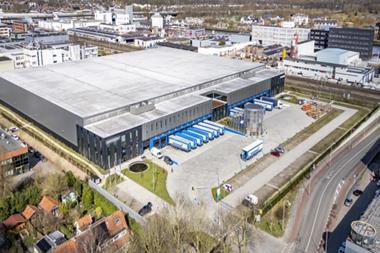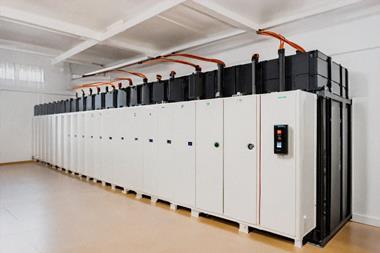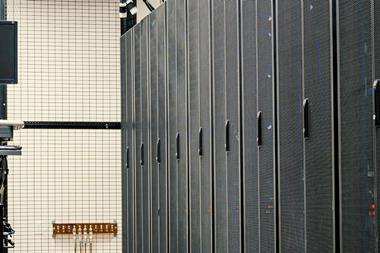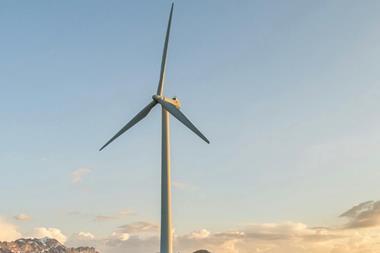Christopher Walker speaks to Oliver Williams about why institutional investors should allocate capital to large-scale indoor farming
Manulife Investment Management has some $4.1bn (€3.88bn) in agricultural investments. It oversees approximately 400,000 acres of prime farmland and agriculture investments in major agricultural regions of the US and in Canada, Chile and Australia.
In a paper, Farm to Fork: overcoming supply chain vulnerabilities with agriculture infrastructure innovations, Oliver Williams, the global head of agricultural investments, sets out how “a more integrated agriculture infrastructure investment approach could offer a new paradigm”.
Williams says there are two crucial factors in the background. Firstly, with a growing world population and rising incomes, global food systems will need to deliver 56% more food by 2050. “The growing middle-class income groups in Asia, India and Africa are having a major impact on global food demand,” he says.
The second is the war in Ukraine, which has emphasised the importance of food security. “This is likely to accelerate a focus on the need to de-globalise food production where possible, with major implications for investors in the agricultural sector in the US,” he says.
The US imports more than 30% of its fresh vegetables, and over half of its fresh fruit. Williams also notes the importance of Russia as the leading fertiliser exporter with a 13% share of the world market. Fertilizer is a major cost for the agriculture industry.
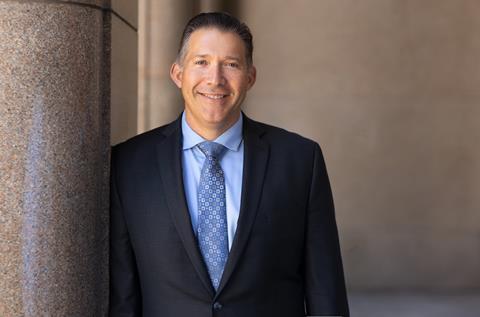
These two factors have prompted Manulife to identify indoor farming focused on fresh vegetables and fruit as “a major area of interest for investment”. Williams is excited by large-scale indoor farms of more than 50 acres in North America. “This is a significant opportunity since it is estimated that we could build up to 20,000 acres of greenhouse production in the US, compared to a mere 2600 acres which are under cultivation at present.”
This would require significant capital deployment and is a definite “opportunity for investors”, he says. “The capex involved is plus or minus $1m an acre,” he says, suggesting a total investment opportunity near to $17bn. “Consider that in just one of our facilities in California we spent something like $12m to install four megawatts of solar power. This is chunky capital expenditure.”
Williams believes that institutional capital could provide 10% to 20% of that $17bn number. “The producers in the space are going to need capital partners who are patient, especially those who have agricultural expertise,” he says.
Manulife is preparing to enter the large-scale indoor market and has been studying opportunities for the past four years. “We are now ready to make a move and are on the lookout for investments,” Williams says. “Our ideal approach will be investing with a partner to fund growth plans to capture the expansion opportunity including developments on greenfield sites.
“I see this revolution in indoor farming as the next generation of infrastructure investment, because it is combining skill sets from the infrastructure space with those from the agricultural investment discipline.”
Manulife is also monitoring vertical farming – large-scale stacked indoor farming using hydroponics – which Williams says “has the potential to become a larger component of overall food production”.
The arguments for investing in indoor farming are clear, he says: “Improvement in quality, year-round production and higher production volumes – 10 to 20 times higher than open-air production.”
By controlling light, humidity and temperature levels, the technology creates environments conducive to almost year-round growth for certain fruits and vegetables with limited exposure to weather conditions. There is also much more efficient use of fertilisers and the avoidance of pesticides.
These yield arguments are further enhanced by investing in controlled atmosphere storage. Williams cites farms in the state of Washington managed by Manulife. “We are able to pick the apple crop at the optimal time, store and sell into the market during the off-season, bringing quality, reliable supplies,” he says.
There are also important sustainability arguments. “Our experience in our production facilities in California has shown that, by successfully bringing solar energy into outdoor production, we are able to replace something like 80% to 90% of energy needs,” Williams says. “This provides a good return on the substantial capital expenditure.”
In addition, there can be a second line of income which comes from selling surplus power back to the community. In Massachusetts, Manulife worked with one of its portfolio companies to develop 9MW of solar capacity and 36MWh of battery storage across two projects. “We found these projects are able to provide energy for something like 1800 homes,” Williams says.
And then there is the potential to reduce the carbon footprint relating to food transportation. “It is extremely important for us to move food production closer to consumers,” Williams says. “In the US, there are some 250 million consumers who are east of the Rockies, and yet the vast majority of food production actually occurs either on the West Coast or in Mexico.”





